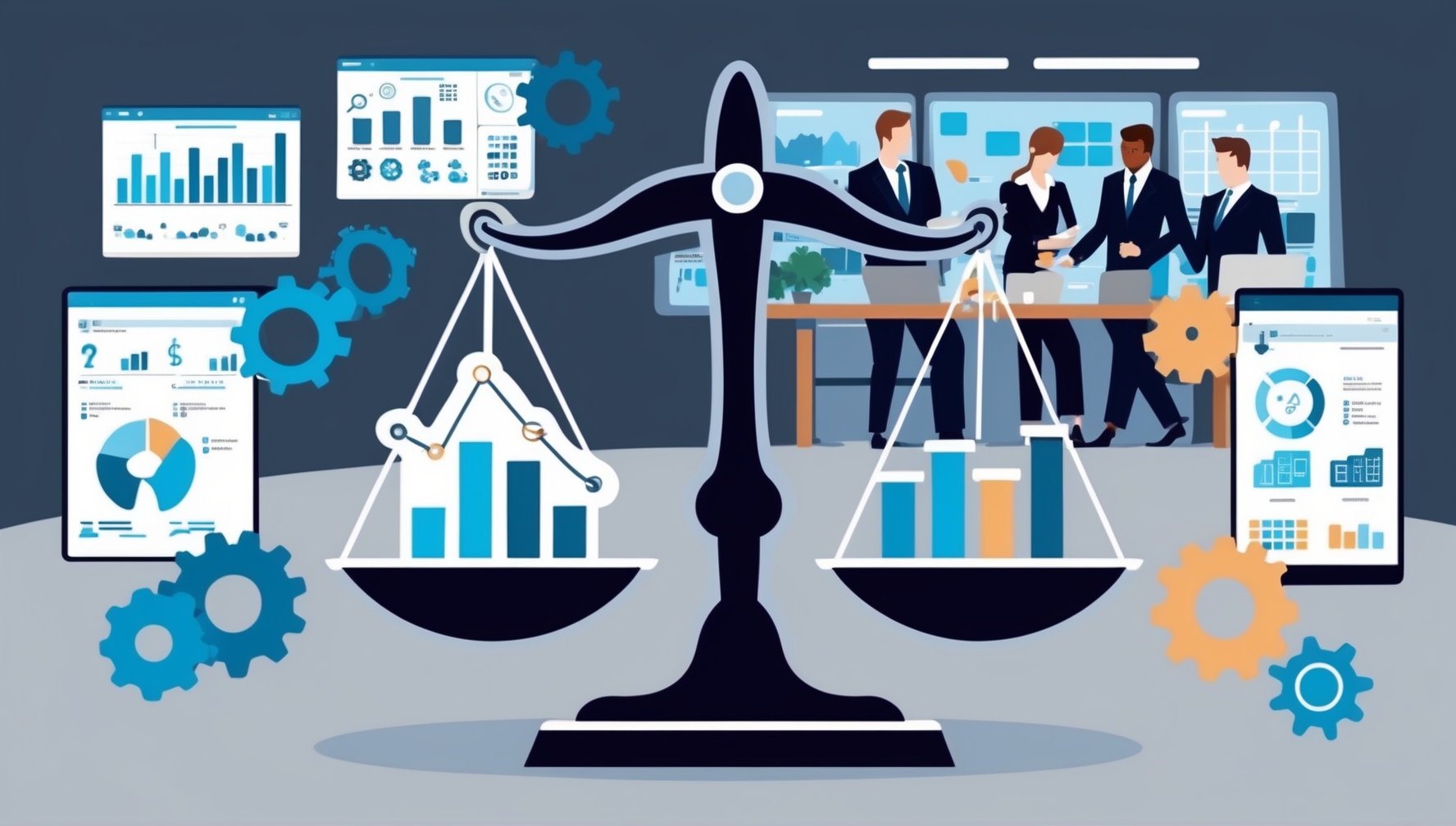2015 Balanced Scorecard Usage and Trends Analysis
This report delves into the Balanced Scorecard usage in 2015, providing an in-depth analysis of its application in various organizational contexts and its impact on strategic management.
This report delves into the Balanced Scorecard usage in 2015, providing an in-depth analysis of its application in various organizational contexts and its impact on strategic management.
This annual survey answers the following questions: Who uses Balanced Scorecard? What are Balanced Scorecards being used for? How is Balanced Scorecard used? What sort of Balanced Scorecard design is in use? How was the Balanced Scorecard designed?
This survey report delves into the 2016 trends in Balanced Scorecard usage, providing a detailed look at its application and effectiveness in organizational strategies.
This research explores the reasons and depth of use of the balanced scorecard. Excellent discussion for the CIO who are exploring the relevance of this framework.
This analysis delves into the 2012 landscape of business scorecard implementation, revealing trends in adoption, technological integration, and the strategic impact on organizations.
This report delves into the 2013 trends in business scorecard usage, offering a nuanced view of how different sectors leverage scorecards for strategic improvement and performance tracking.
This paper introduces business IT alignment, explains its importance, and introduces a framework to align IT with business.
This paper presents a framework for business IT Alignment. Using this framework, CIOs can understand the root causes of misalignment and take action to fill these gaps resulting in higher IT ROI. Good Read!
This research delves into the practicality of using the Balanced Scorecard Framework in the real world. Environmental change creates new strategic imperatives that require change in strategy – can the Balanced Scorecard keep up with this real world requirement of strategy formulation? How well does it do when applied to a real world problem? An excellent discussion on an invaluable tool that every strategist must understand. Excellent Read!

This Integrated Strategic Management Model offers a robust framework for aligning strategy with execution. Expanding upon the Balanced Scorecard, this model integrates best-practice tools such as activity-based costing, dynamic budgeting, and process management to ensure that strategy is effectively operationalized. The model guides organizations through a comprehensive, six-stage process, helping them to continuously adapt and optimize performance. Ideal for CIOs and business leaders, this resource delivers practical steps to bridge the gap between strategic planning and real-world results.